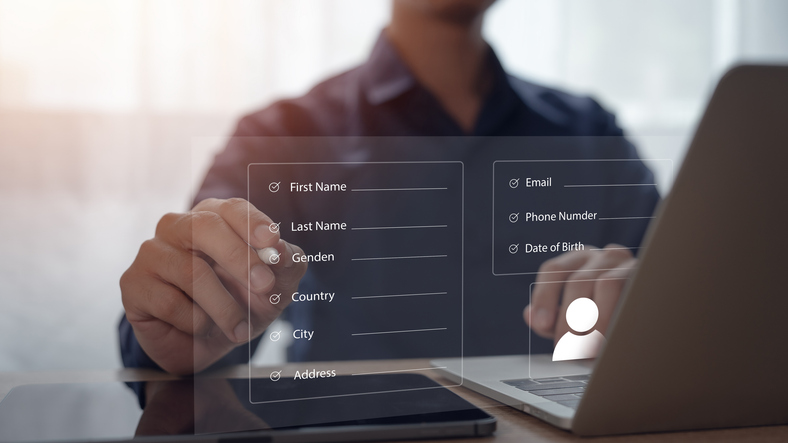It takes time and effort to build a trustworthy online brand especially for a small business. While your focus will no doubt be pulled across multiple areas during the launch phase there are key areas that you can prioritise to help ensure that you’re on the path to growth.
1. Make sure your website is in tip-top shape
It may seem obvious but having a professional looking online presence needs to be a priority for your business. In the digital era, your domain name and website is the shop front of your business. It helps people find you online when they are in need of a product or service, or gather more information about your business when your potential customers are in their research phase. So, if looks like it was built in 1998, the chances are that visitors will leave and not come back.
There are numerous website builders on the market that allow people with little technical knowledge to create a stunning website. You need to make sure that the one you choose automatically optimises your website for mobile devices. Why? In late-2016, internet traffic from mobile devices overtook desktop browsing for the first time and it shows no signs of going back. It’s highly likely that a visitor will visit your website for the first time using a smartphone or a tablet when they are on the go and a good user experience is essential.
The next-point of focus on the web should be the customer journey. What do your customers need from your website? If you’re a clothing retailer, you’ll likely have your latest products or offers on the homepage and an e-commerce plug-in. In contrast, a law firm’s website will be geared towards sharing information and establishing a feeling of knowledge and experience for someone needing legal services. Remember, having consistency in the tone of voice is hugely important, as is keeping the website up-to-date. It’s no good having New Year offers on your website in the middle of March.
Once you’re happy with your website, you need to focus on driving visitors to it.. Make sure you have relevant domain names, so people can more easily find you based on the type of your business. Think about potential misspellings that could happen to your company and even generate a list of names a potential competitor may sign up. Grab the most important names that you can within your budget.
And, it doesn’t stop there. Look for ways to improve your website ranking with online search engines. Using an SEO plug-in can help to give you a boost in Google search rankings and adding multimedia content and testimonials will support these efforts. If you want to help ensure that your existing customers continue to visit your website, email marketing is a good place to start. It is still one of the most cost-effective ways to build a customer base and help convert traffic into sales.
2) Interact with the social streams
From Facebook and Twitter, to Instagram, LinkedIn, Snapchat and YouTube, there are many social media channels on the market. Creating and maintaining pages across every platform is a full-time job, so between juggling finances, sales and marketing your business, managing a series of social pages is not a task that many SMB owners want to take on. Therefore, you need to focus your time on the platforms that are going deliver the most ROI for your business.
Many SMEs start with Facebook and Twitter, but it’s well worth checking which other social media channels you can use to your advantage. You should investigate the demographics of different social media networks to help determine which platforms your potential customers are using.
It’s well worth following your favourite brands online and seeing how they approach social media, or researching some social media best practices. You’ll more than likely pick up tips that you can adapt to help drive visitors to your website. Innocent Drinks is a fantastic example of a company that strikes a great balance when it comes to self-promotion and humour.
Remember to also keep an eye out for any reviews of your business and interact with customers. The owner of US furniture company MegMade, checks reviews on Yelp, Instagram, Etsy and the MegMade Facebook page. If a review is negative, she calls the customer within 48 hours to engage with them. Whatever you do, don’t get into a heated argument with a customer online who has left a bad review on Facebook or Yelp. This could cause serious reputational damage. Instead, focus on resolving situations in amicable manner. Here are some top tips for dealing with bad reviews.
3) Take online security seriously
UK government research showed that 74 per cent of small businesses experienced a security breach in the last year. This is because cyber criminals increasingly see SMBs as an easy target so you need to make sure that your business isn’t one of them.
A data breach can be catastrophic as not only can it cost, even smaller data breach can put an SMB out of business as it can destroy customer trust.
There are many steps that can be taken to help make sure that your website security is as strong as possible. You should ensure that your website has an SSL certificate for starters. You need to create strong passwords for any business accounts, Wi-Fi networks and devices. It’s also important to train your staff on how to treat company and customer data in a confidential manner. The Cyber Aware website set up by the UK government is a great resource to learn more about how you can secure your business.
Stefano Maruzzi is vice president of EMEA for GoDaddy.





